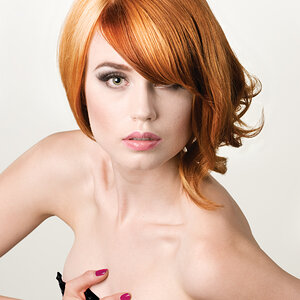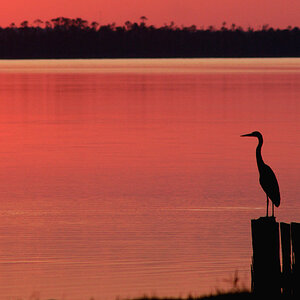Wawe
TPF Noob!
- Joined
- Aug 27, 2014
- Messages
- 36
- Reaction score
- 0
- Location
- Finland
- Website
- www.tommiaarniophotography.com
- Can others edit my Photos
- Photos NOT OK to edit
Hi all,
I know theres a ton of threads similar to this one but since every photographers needs are a bit different and I dont quite yet trust my ability to fully apply the available information, I decided to post this question with detailed description of my own requirements.
So, straight to the point: Im going to need a sturdy set of tripod legs, a quality ball head and possibly an L-bracket to get the most out of the stunning IQ of the D800 Im planning to buy in the near future. I have almost no experience in buying tripods (except for the purchase of a Manfrotto 7322YB M-Y aluminum tripod with ball head set about a year and a half ago, see Manfrotto 7322YB M-Y Aluminum Tripod with Ball Head 7322YB-BB for details), so I would appreciate well-founded suggestions.
Firstly, Ill tell a little more about my shooting so that you can get a picture of what I will use the tripod for. Im an enthusiast photographer, have had a DSLR for a couple of years now and am mainly interested in shooting landscapes (especially seascapes), macro and people. Thus, I would probably need a quality panorama ability, as good a resistance to salt corrosion as I can get, option to use focusing rails and ability to shoot in portrait position. At least currently I dont do nearly anything concerning wildlife or sports.
Second, Ive understood that the weight of the camera with lens equipped is one of the key things to consider when it comes to the legs, so heres something about my gear. My heaviest lens is the Nikon AF-S Zoom Nikkor 14-24mm f/2.8G ED (2.13 lb or 969 g), which, combined with the D800 (1.98 lb or 900 g), would in total be 4.11 lb or 1869g. However, I could see myself buying at least the third lens to complete my Nikons holy trinity (I already have the AF-S Nikkor 24-70mm f/2.8G ED) and the AF-S Nikkor 70-200mm f/2.8G ED VR II (3.39 lb or 1540 g) would make my setup around 30% heavier than it would be with my currently heaviest lens.
As for where I am now with the process, I have only just began to compare legs and ball heads, not even fully understanding all their features. However, partly being influenced by Thom Hogans ideas about buying the right tripod the first time (see Tripods and Ball Heads by Thom Hogan), Im only interested in a quality setup that would preferably last longer than any other piece of photography equipment I have. Thats also why Im willing to invest significantly in the tripod, in terms of both time spent doing the research and also money.
Thanks in advance for all the suggestions and help!
I know theres a ton of threads similar to this one but since every photographers needs are a bit different and I dont quite yet trust my ability to fully apply the available information, I decided to post this question with detailed description of my own requirements.
So, straight to the point: Im going to need a sturdy set of tripod legs, a quality ball head and possibly an L-bracket to get the most out of the stunning IQ of the D800 Im planning to buy in the near future. I have almost no experience in buying tripods (except for the purchase of a Manfrotto 7322YB M-Y aluminum tripod with ball head set about a year and a half ago, see Manfrotto 7322YB M-Y Aluminum Tripod with Ball Head 7322YB-BB for details), so I would appreciate well-founded suggestions.
Firstly, Ill tell a little more about my shooting so that you can get a picture of what I will use the tripod for. Im an enthusiast photographer, have had a DSLR for a couple of years now and am mainly interested in shooting landscapes (especially seascapes), macro and people. Thus, I would probably need a quality panorama ability, as good a resistance to salt corrosion as I can get, option to use focusing rails and ability to shoot in portrait position. At least currently I dont do nearly anything concerning wildlife or sports.
Second, Ive understood that the weight of the camera with lens equipped is one of the key things to consider when it comes to the legs, so heres something about my gear. My heaviest lens is the Nikon AF-S Zoom Nikkor 14-24mm f/2.8G ED (2.13 lb or 969 g), which, combined with the D800 (1.98 lb or 900 g), would in total be 4.11 lb or 1869g. However, I could see myself buying at least the third lens to complete my Nikons holy trinity (I already have the AF-S Nikkor 24-70mm f/2.8G ED) and the AF-S Nikkor 70-200mm f/2.8G ED VR II (3.39 lb or 1540 g) would make my setup around 30% heavier than it would be with my currently heaviest lens.
As for where I am now with the process, I have only just began to compare legs and ball heads, not even fully understanding all their features. However, partly being influenced by Thom Hogans ideas about buying the right tripod the first time (see Tripods and Ball Heads by Thom Hogan), Im only interested in a quality setup that would preferably last longer than any other piece of photography equipment I have. Thats also why Im willing to invest significantly in the tripod, in terms of both time spent doing the research and also money.
Thanks in advance for all the suggestions and help!


![[No title]](/data/xfmg/thumbnail/40/40412-73276feced223de99c761fc2cc279db5.jpg?1619739461)

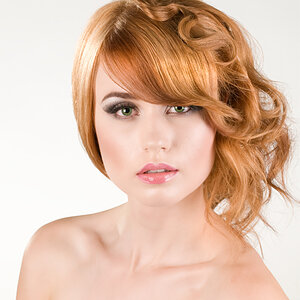


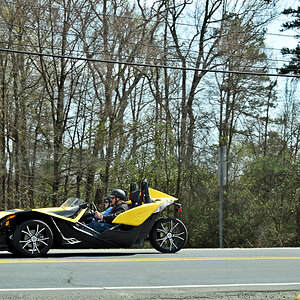
![[No title]](/data/xfmg/thumbnail/35/35880-9a6926237907ab72b42781d9a09698a6.jpg?1619737209)
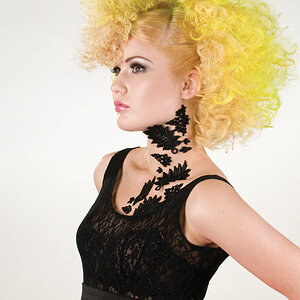
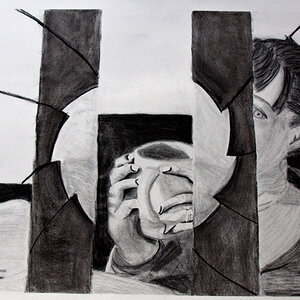
![[No title]](/data/xfmg/thumbnail/35/35879-b9a5a75c88f724f404f976b0c0e67dbd.jpg?1619737207)
